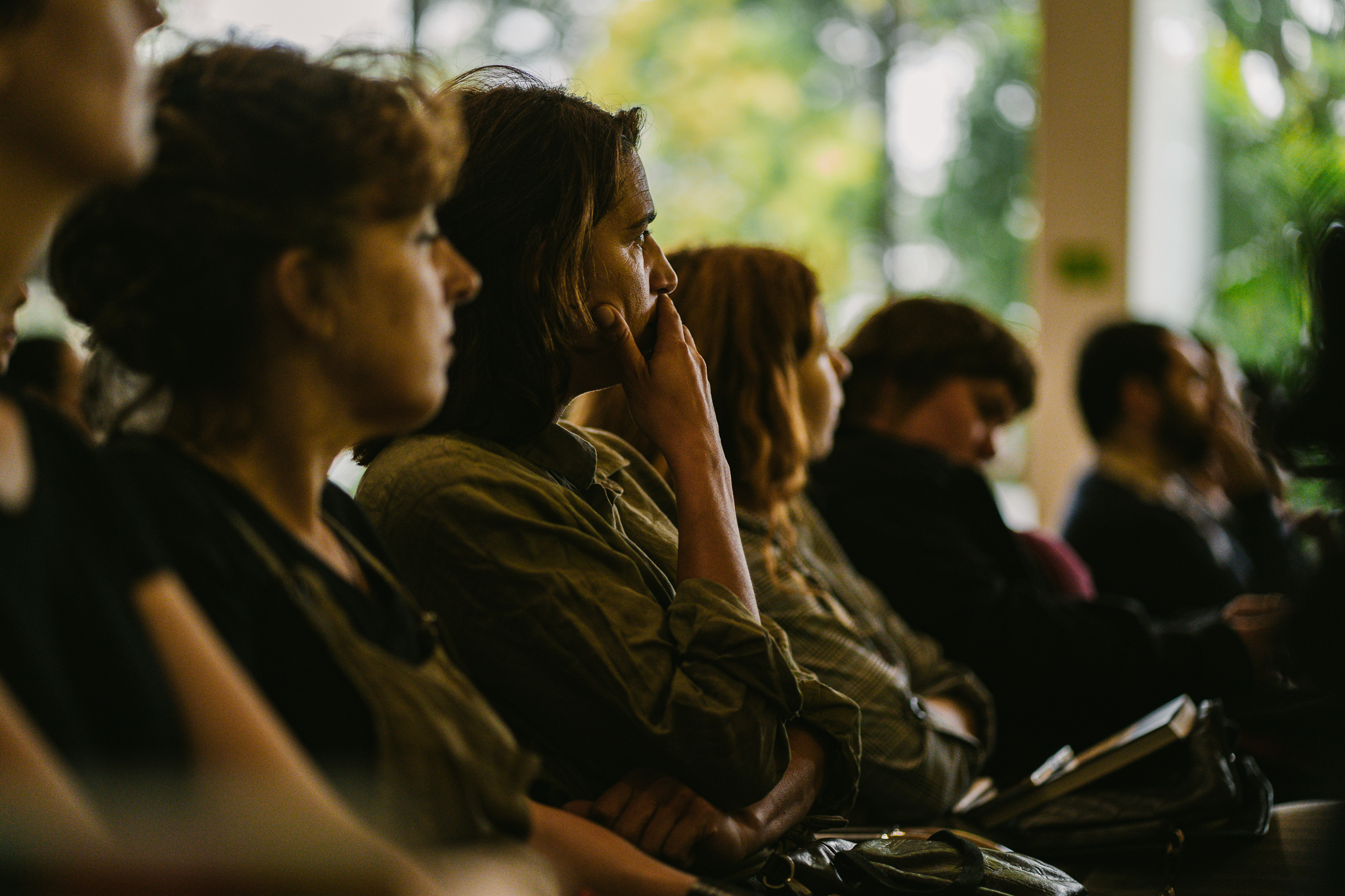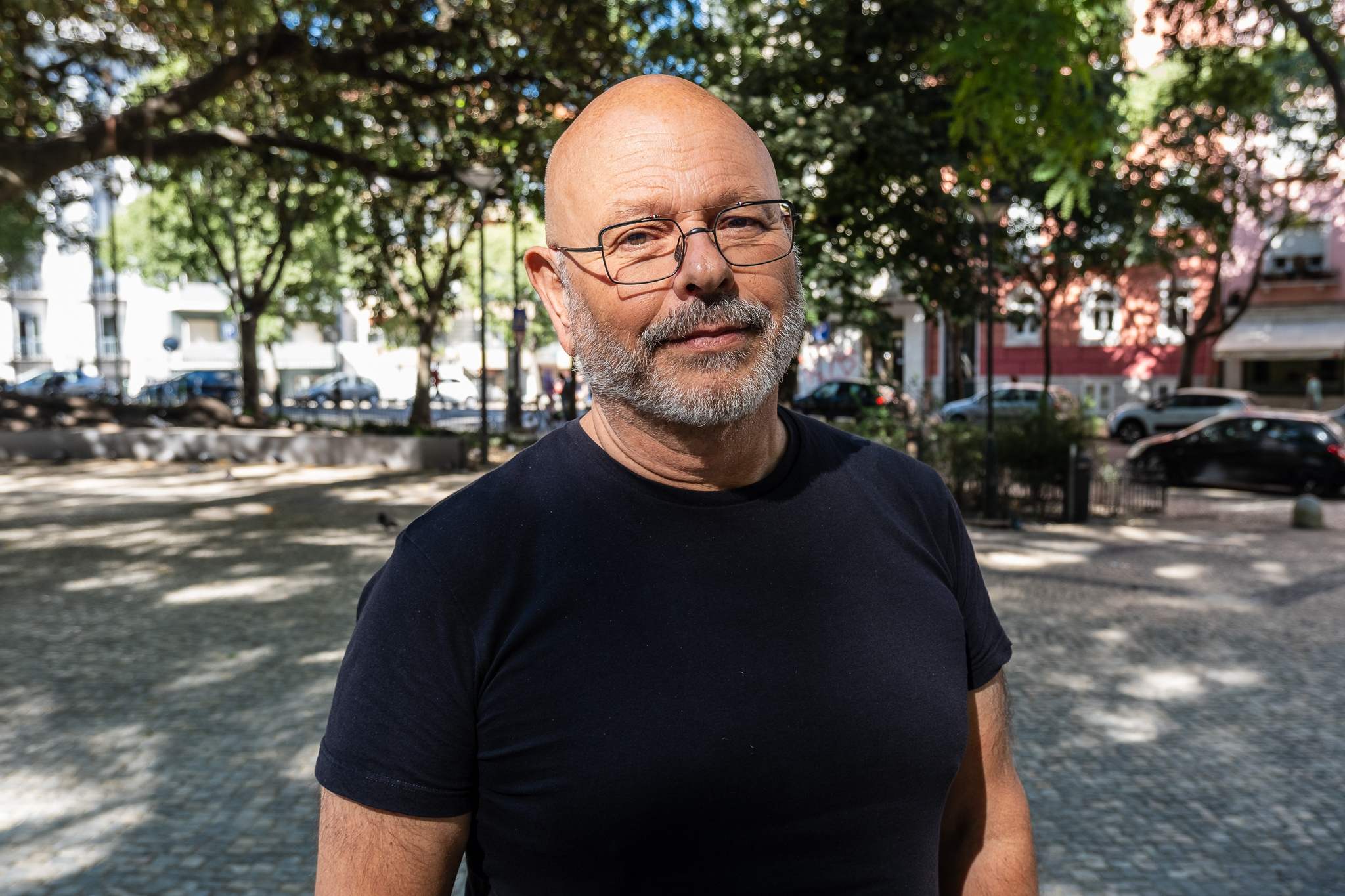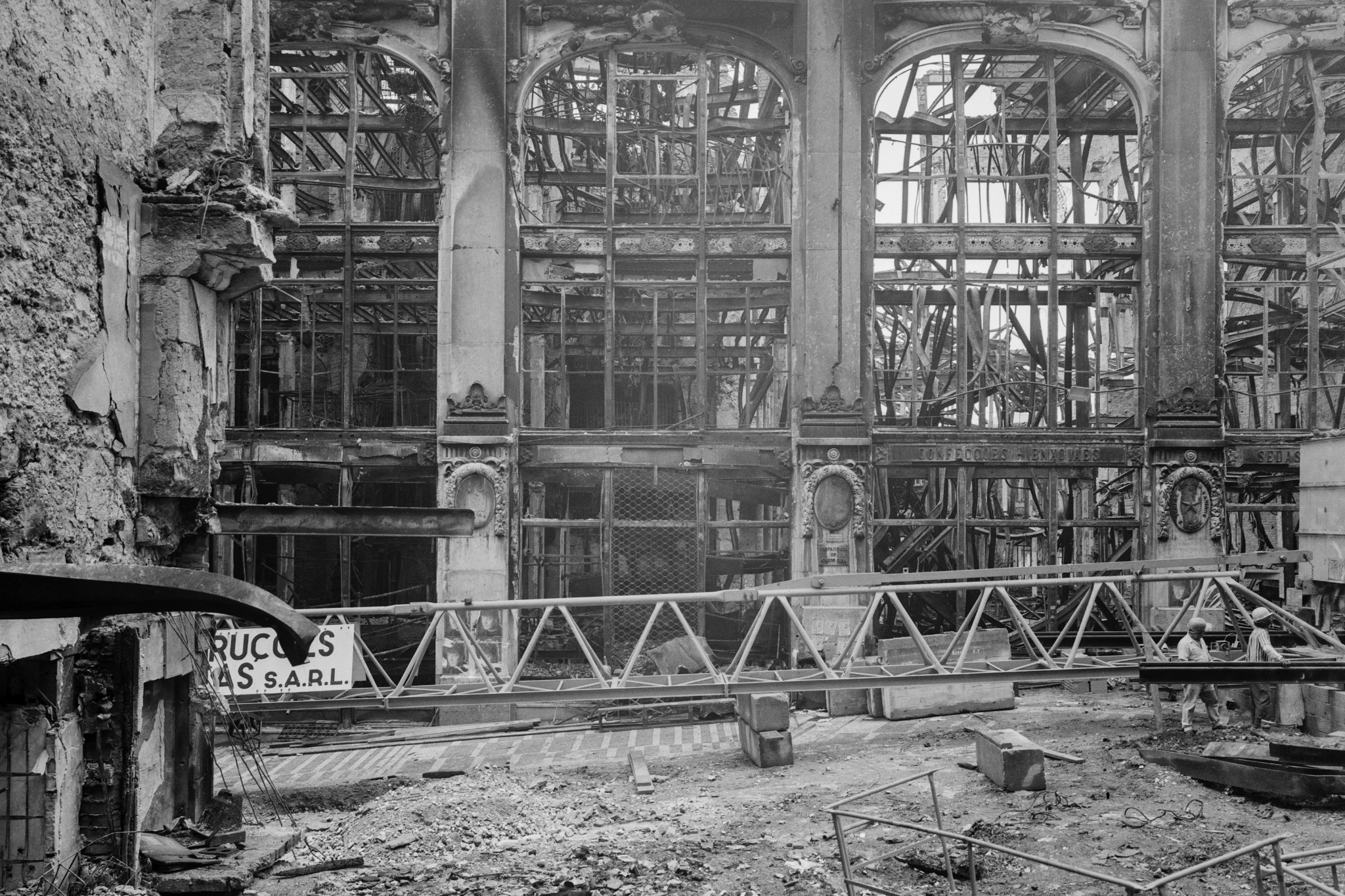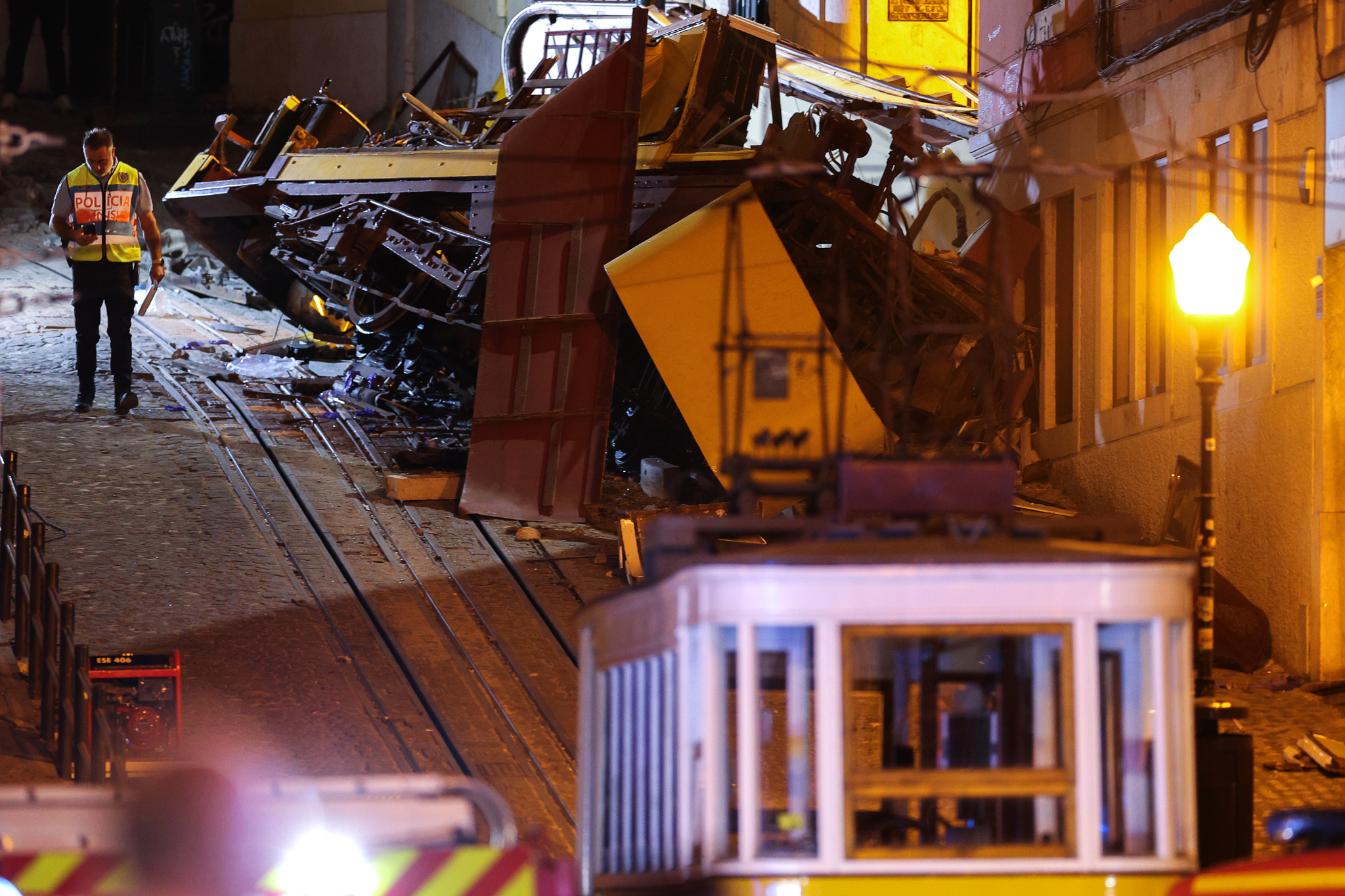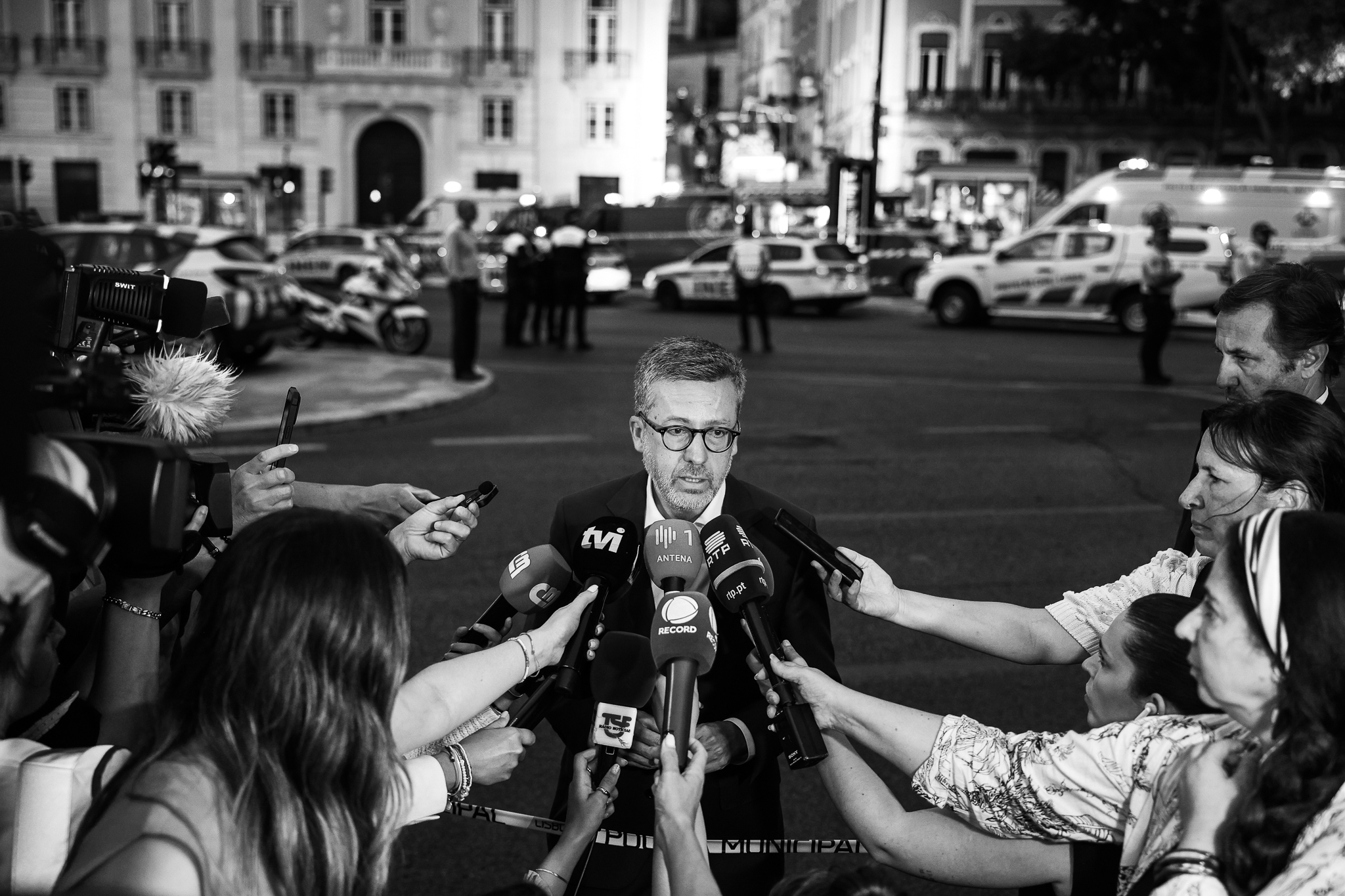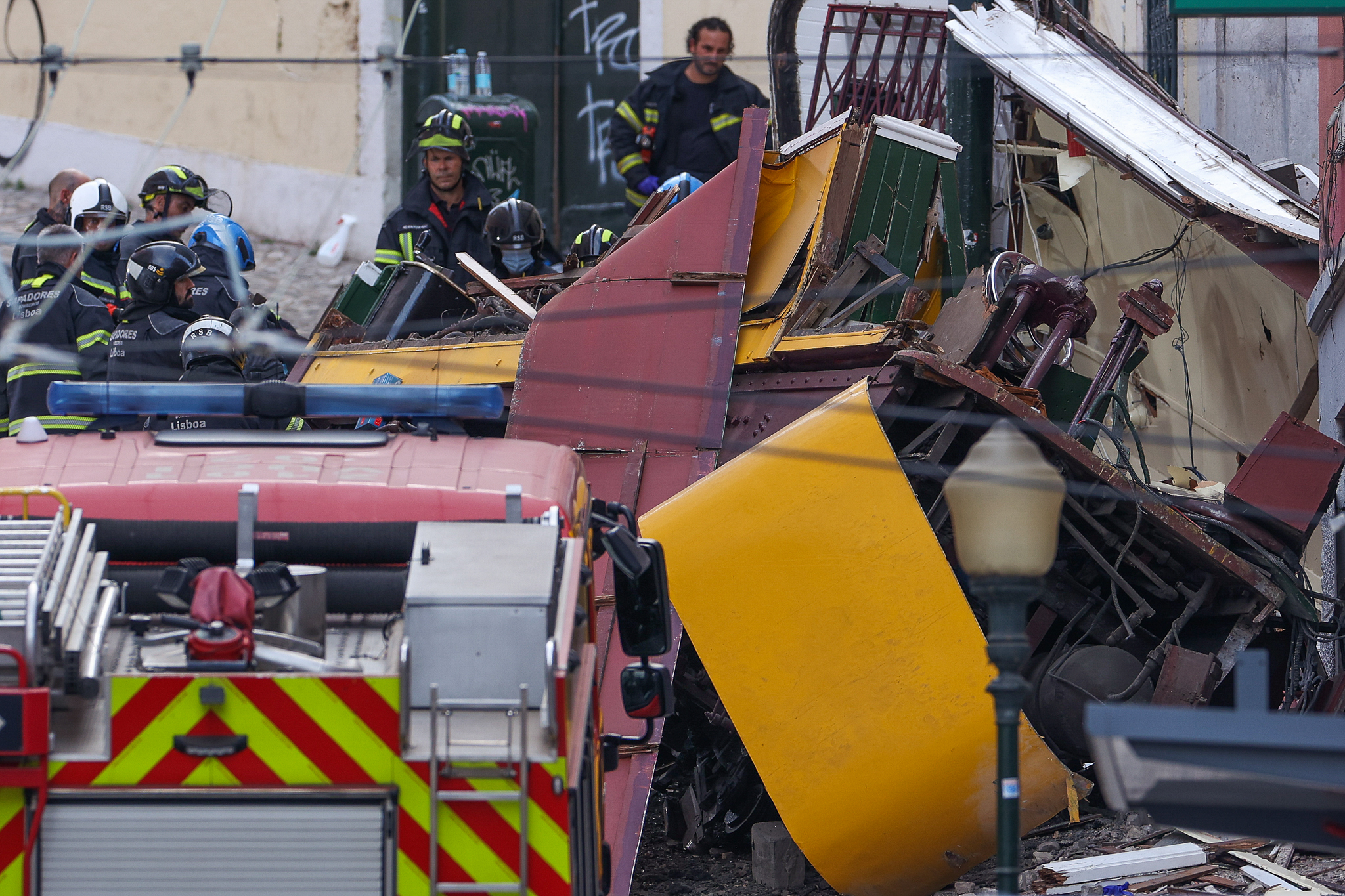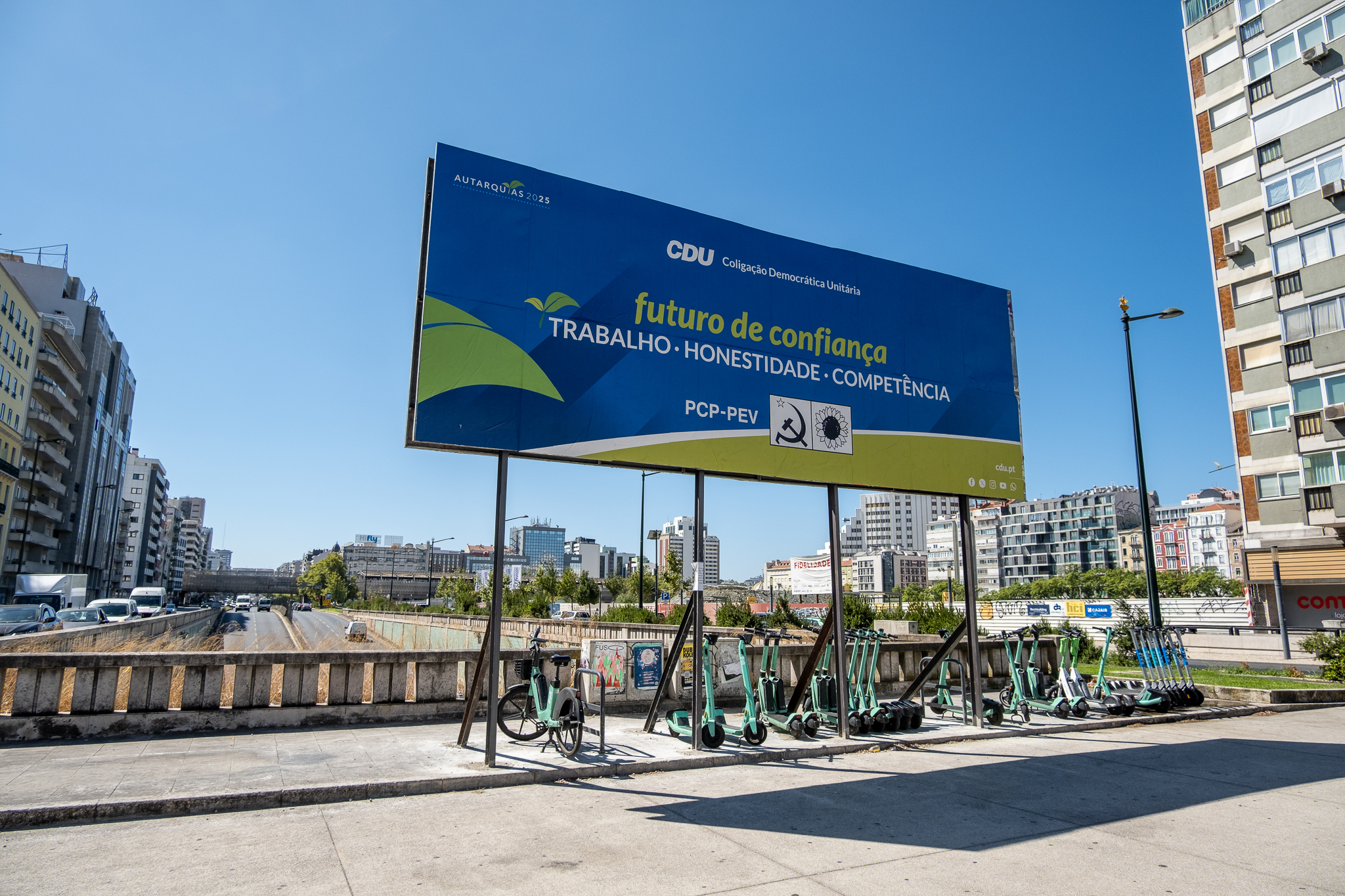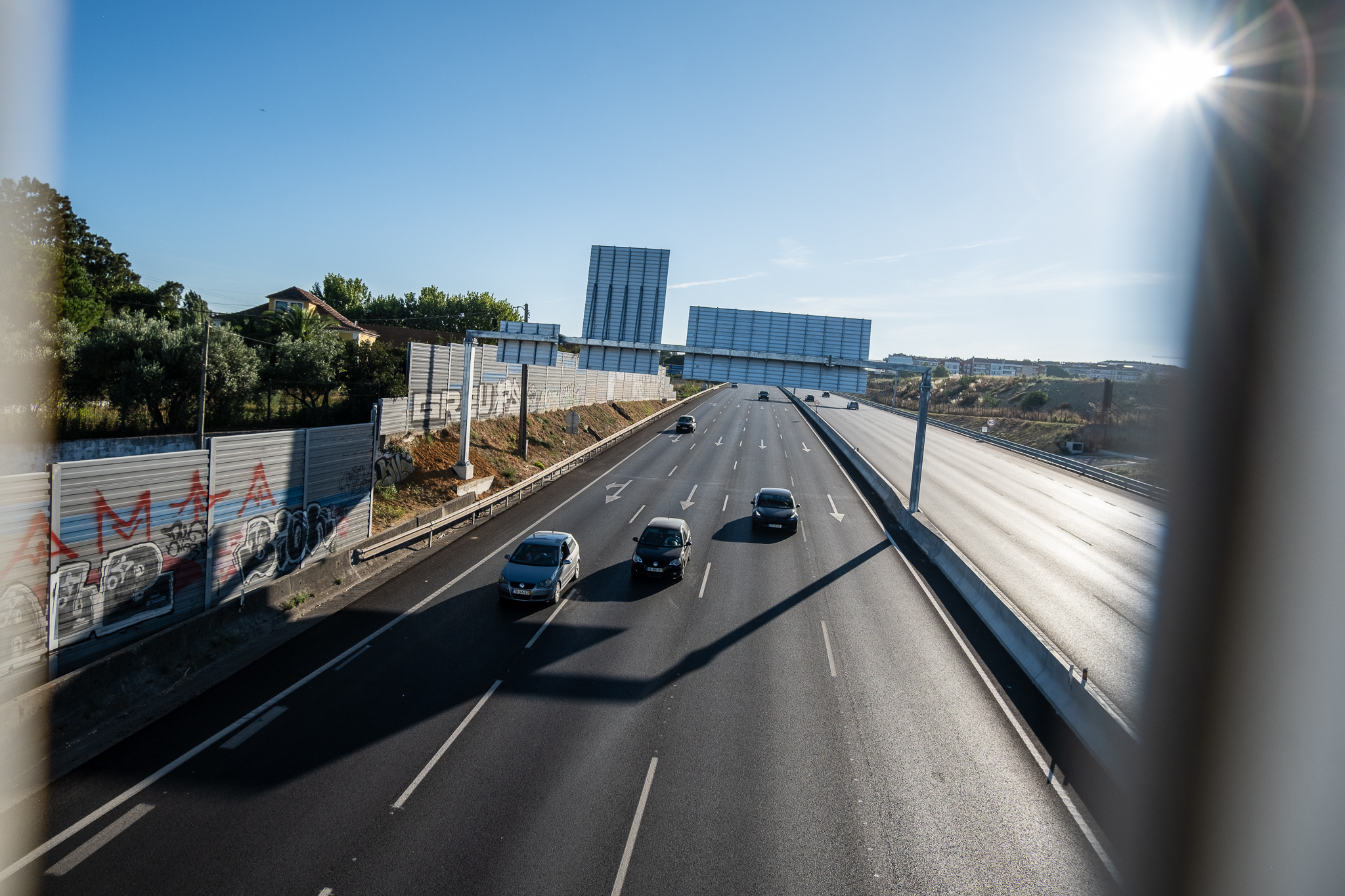
Destroyed in 2016 by an individual who allegedly hung himself on it to take a picture, the statue of Don Sebastian has returned to the niche on the facade of the Rossio Railway Station. However, this is a replica, as the original will be properly protected inside the station.
According to Infraestruturas de Portugal (IP), responsible for the station, the decision to put a replica on the façade "is due to the fact that the original sculpture was vulnerable, having lost physical and chemical properties due to the quality of the stone and its age".
The restoration of the original statue of D. Sebastião was completed in August last year. The only reason it has not yet been placed in the station is because the Directorate-General of Cultural Heritage (DGPC) is waiting for an appraisal of the project that foresees a glass structure protecting the sculpture; the idea is to place the historical piece in the station's lower atrium, in a visible but protected location. "Shattered into 90 fragments that IP's services collected in their entirety, the sculpture - which many considered unrecoverable - was restored piece by piece, in a time-consuming and highly complex job"details the IP, in a statement.
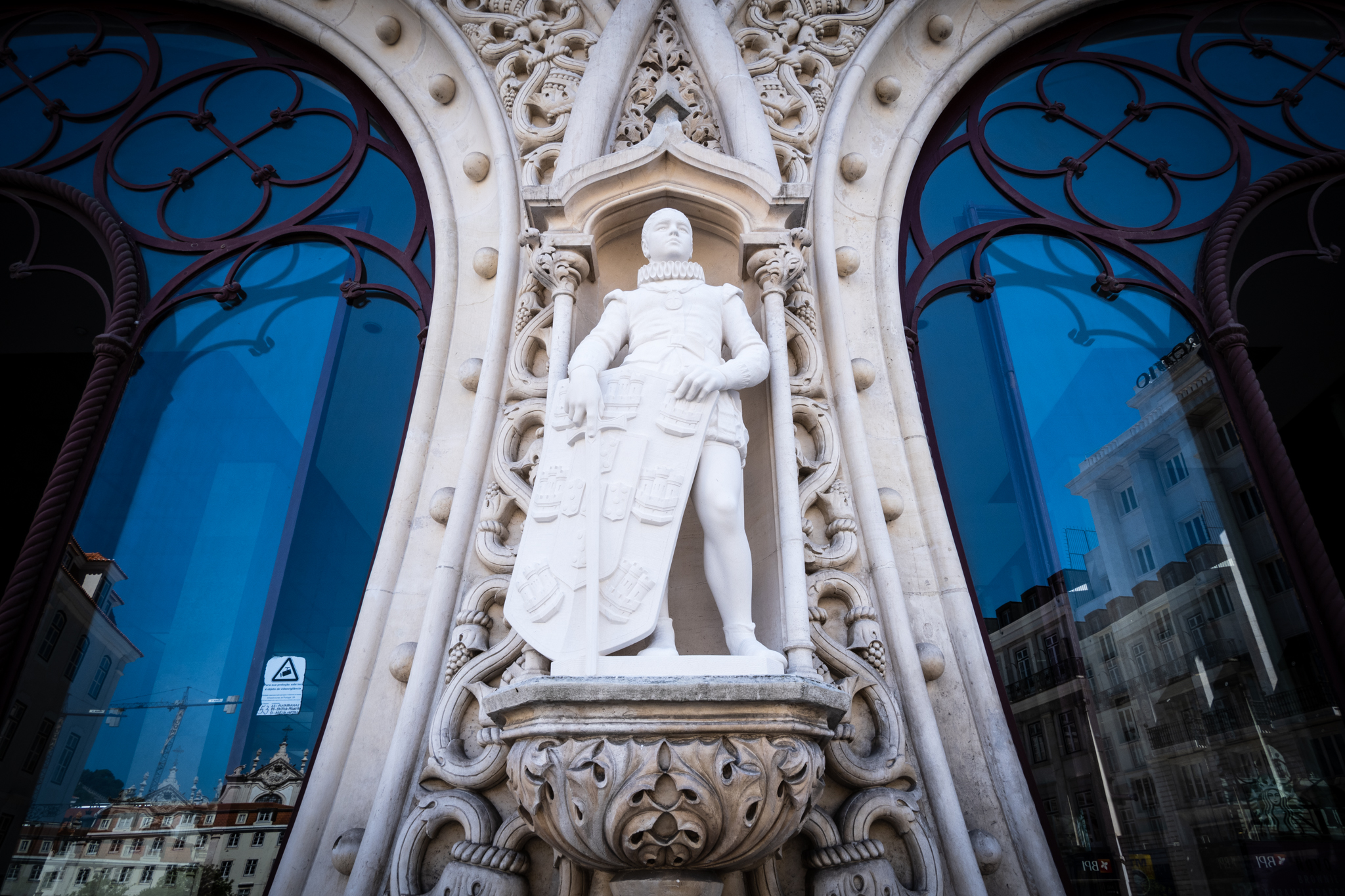
The statue of King Sebastian was designed by the French sculptor Gabriel Farail (1838-1892) - it is signed on the side of the shield - and decorated the neo-gothic façade of the station building, designed by José Luís Monteiro, and opened to the public on June 11, 1890. The toppled sculpture had over the years undergone some minor alterations, detected in photographs of the time. The restoration of the statue of D. Sebastião was executed by the conservator Bruna Pereira de Oliveira and contracted to the company Lime WaterIP reports.
The replica was made of semi-precious white limestone by sculptor and restorer Pedro Lino, from the company Ephemeral Pigment - Arts and Restoration. The production of the replica took about four months, according to a work plan that involved the making of molds and counter-mold of the original model, which is kept at the Dr. Gama Pinto Ophthalmology Institute in Lisbon.
Pedro Lino, 41 years old, was born in Leiria, studied Ornamental Stonework at Escola de Artes e Ofícios da Batalha and did a specialization in Conservation and Restoration in Lisbon. He has participated in several individual and collective exhibitions, and collaborates with the Direcção-Geral do Património Cultural (DGPC), companies and museums in restoration and conservation works, besides dedicating himself to the creation of his own sculptures.

